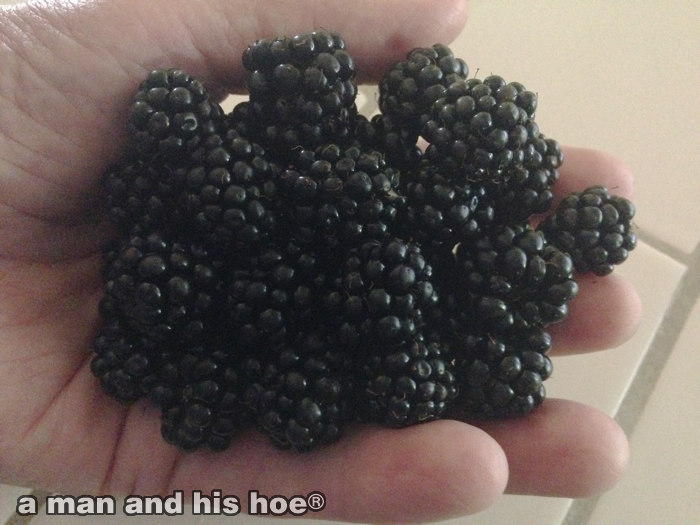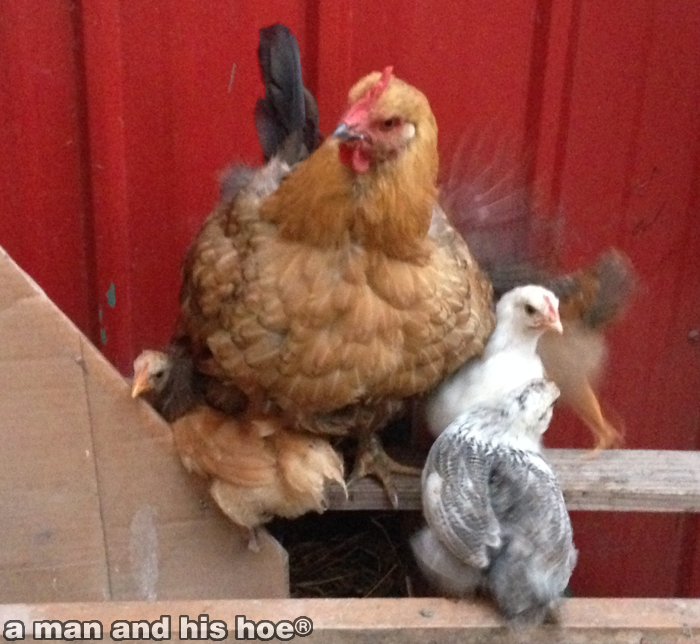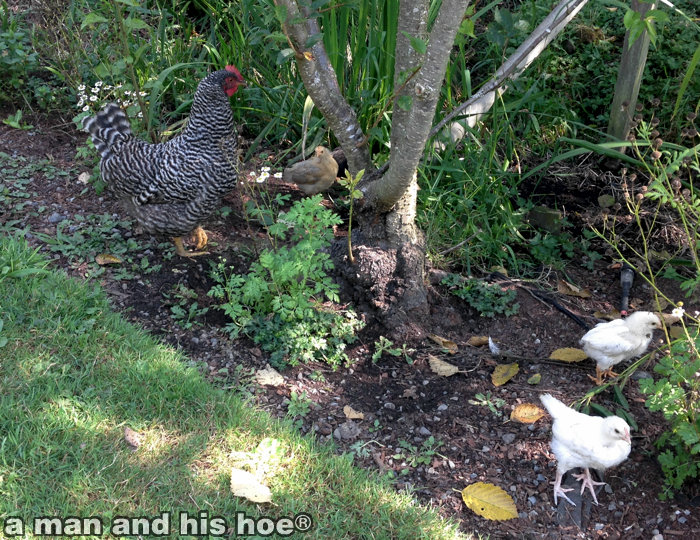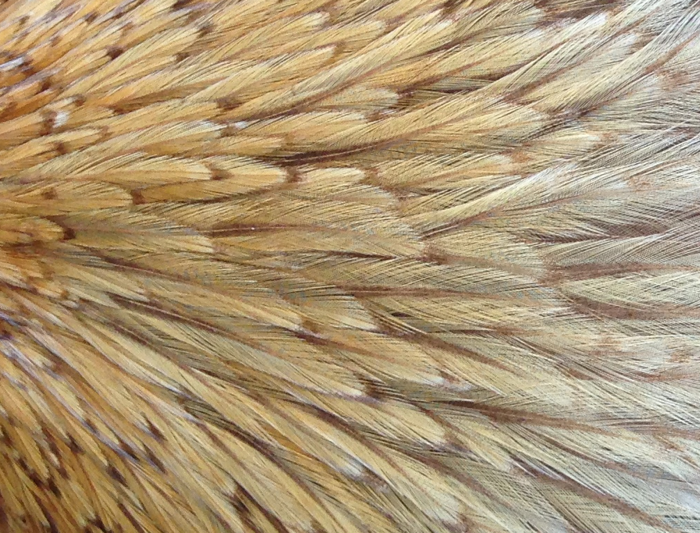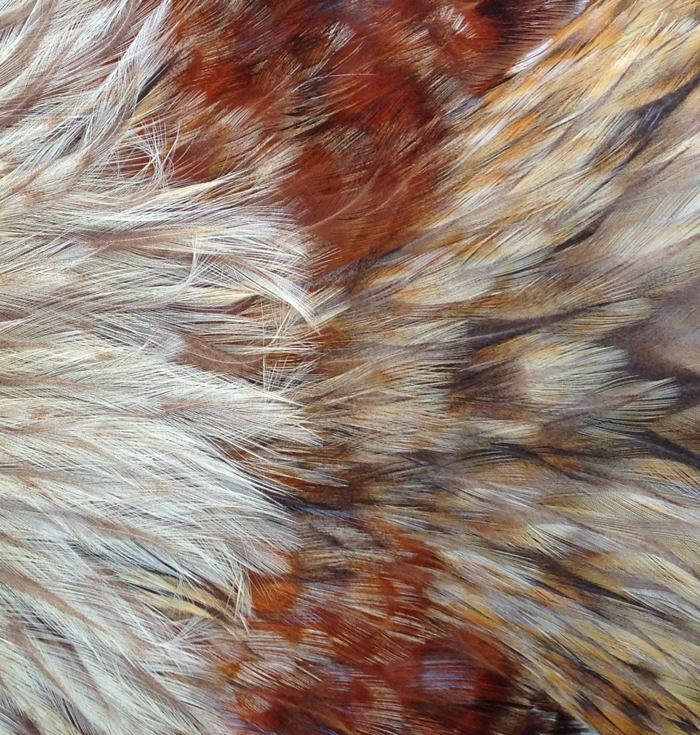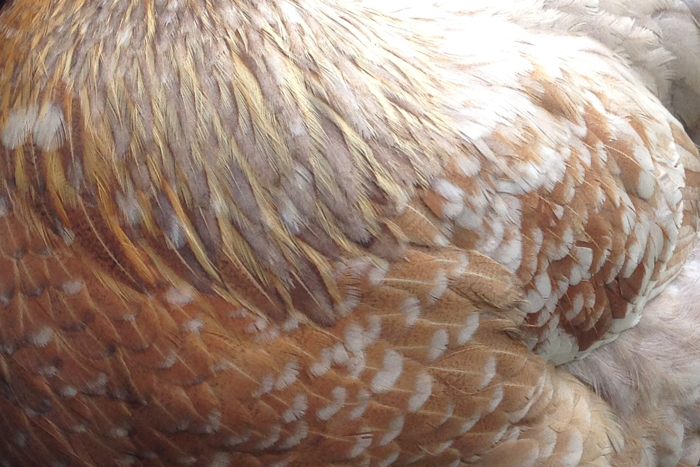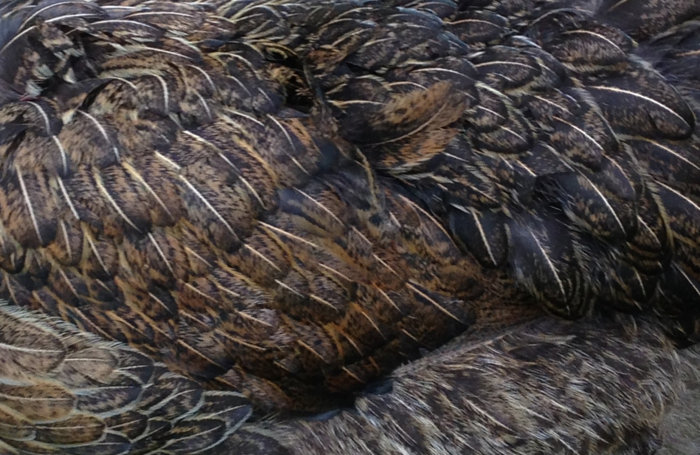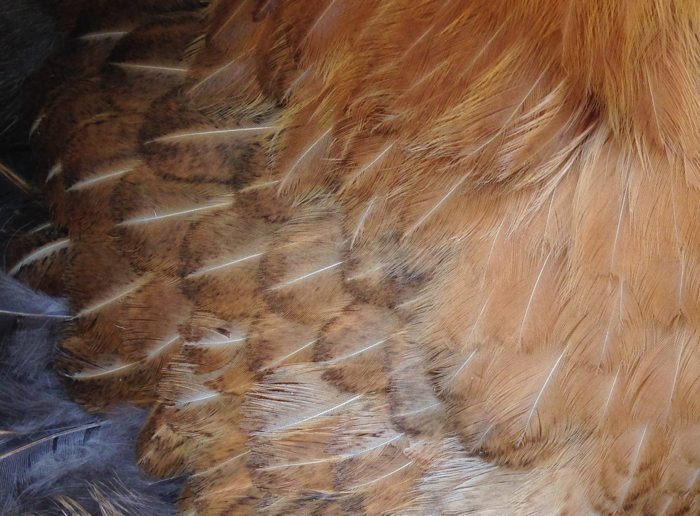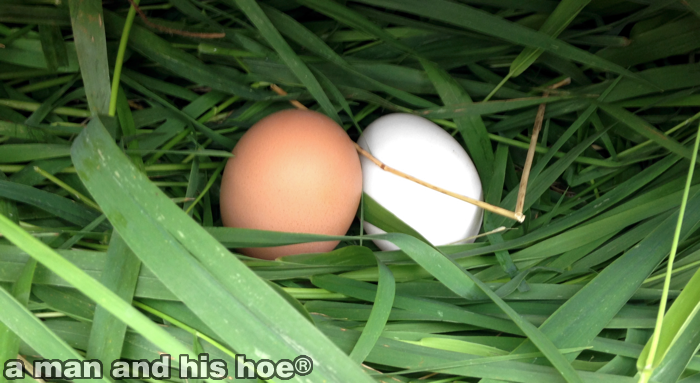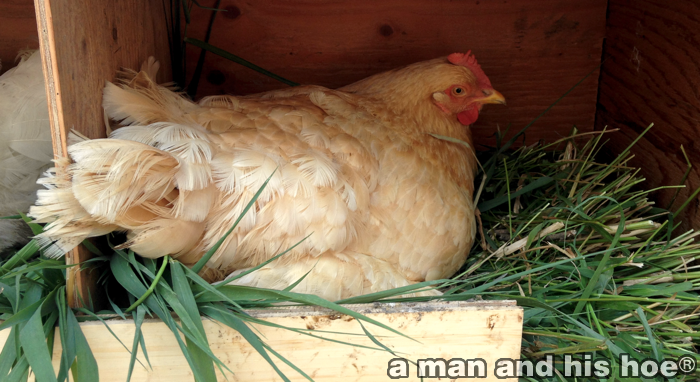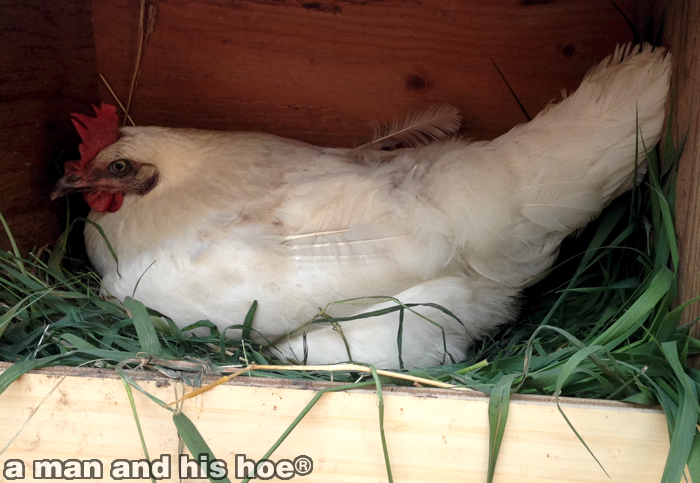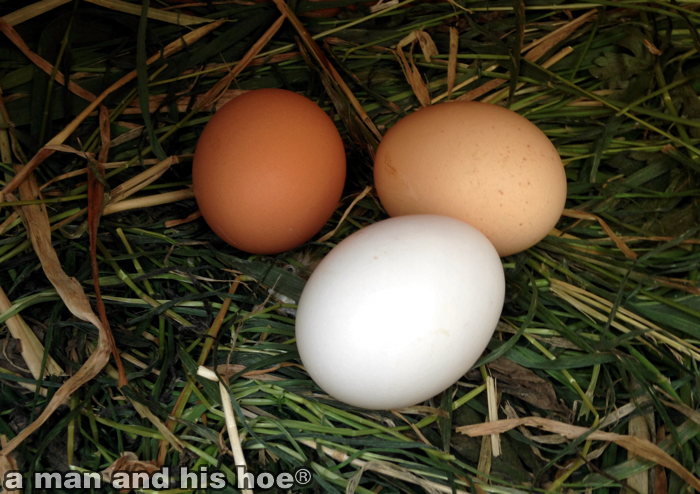When it comes to vegetable farming, success requires planning. To have lettuce or cabbage or cucumbers ready for sale on a given date, you need to plant them two, three, four months in advance in sufficient quantities.
There is also longer term planning. Each year you need to rotate your vegetable beds so that you don’t plant the same thing in the same bed. Some vegetables need more rotation time than others, so you need to think two, three, four, even five years in advance where you are going to plant what.
However, most vegetable farmers aren’t thinking about what their vegetable plots or farming needs are going to be 400 years from now. But those who look after Kiyomizu-dera (clear water or pure water temple) in Kyoto, are planning what the temple will need 400 to 500 years from now.
The temple was founded in 798 and in 1629 there was a great fire which destroyed the temple. It was rebuilt soon after. The current temple was constructed in 1633. The main part of the temple is built on the side of the hill and as you can see in the photos below, it is supported by numerous tall pillars made from massive zelkova trees, felled when they were hundreds of years old.
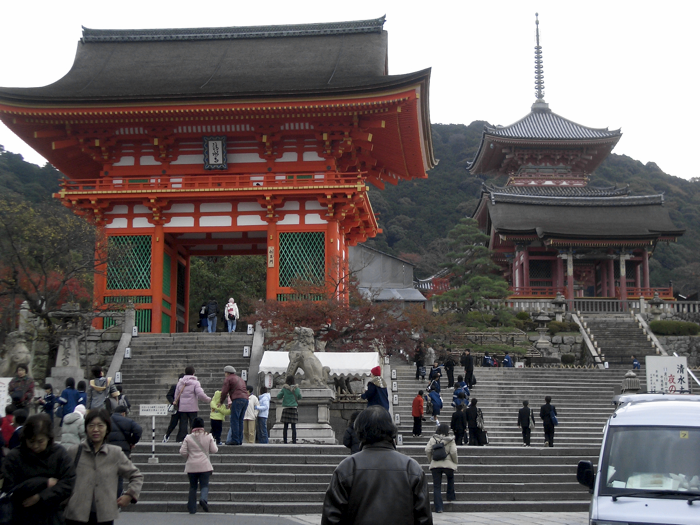


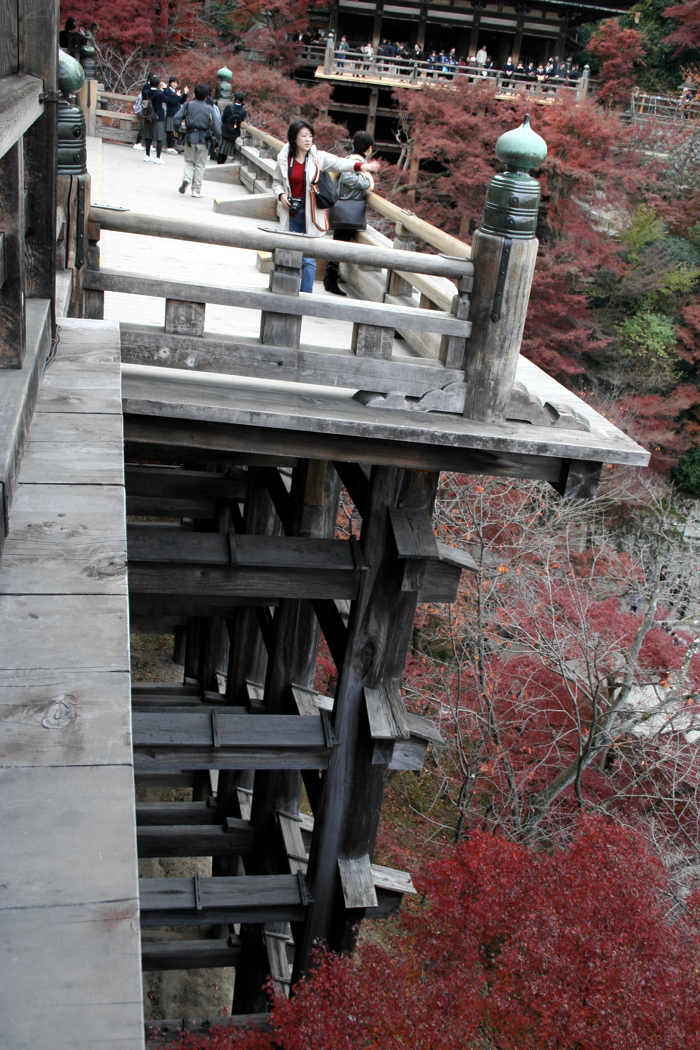


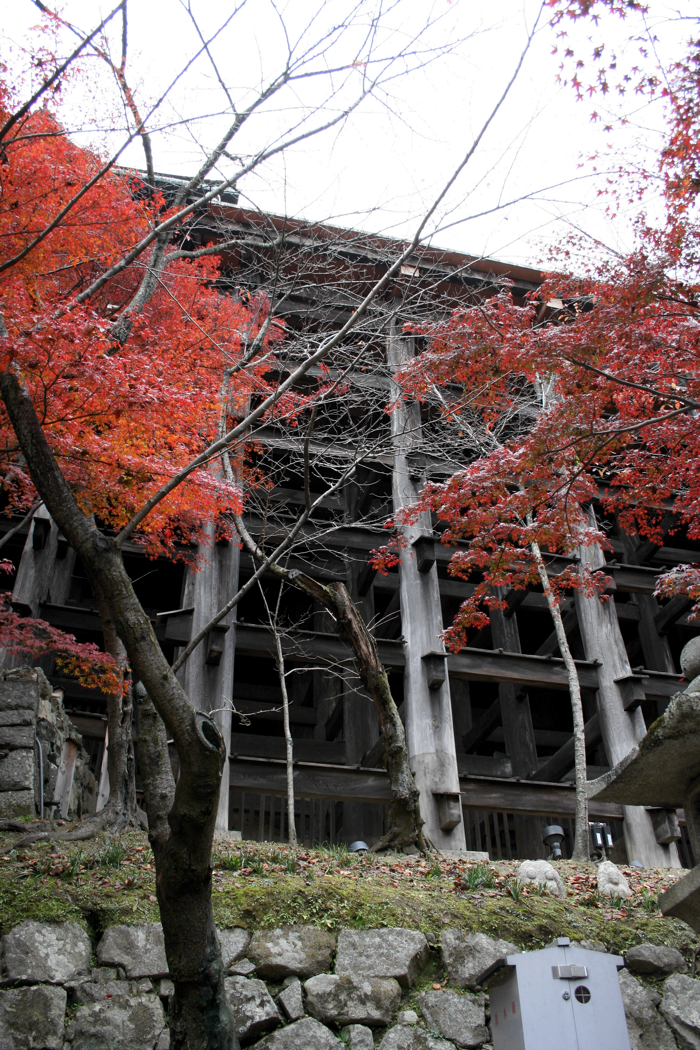
The temple is in the midst of a grand restoration project. During the restoration process, sections of the temple are painstakingly taken apart, the wood examined to see which sections need to be replaced, and which sections can still be used. When the restoration project is completed, the pillars supporting the temple should last hundreds of years more. However, at some point, the pillars will need to be replaced.
There are 139 zelkova tree pillars in the temple. To replace them requires trees that are 400 to 500 years old, but finding such old lumber these days is difficult. So to make sure there are plenty of 400 to 500 year old zelkova trees in the future, according to an interview in 2006 with then head Buddhist priest of the temple, Seihan Mori, the temple has planted groves of zelkova trees on its own land. Mr. Mori said, “By the time the trees have grown 400 years, we will all be dead. However, we want to die, knowing that we have made sure there will be trees for the temple in the future.” Now that is planning ahead.
How are we living so that 400 to 500 years from now, our great-great-great-great-great-great-great-great-great-great-great-great-great-great-great-great-great-great-great-great-great-great-great-great-great grandchildren will have a world as beautiful as the one we live in now? Much of what we do, seems hell-bent on making sure nothing is left in a few decades.


- The following links are in Japanese.
- 2006 Interview with Seihan Mori ~ Slownet
- Description of Kiyomizu-dera restoration project ~ Kiyomizudera.or.jp
